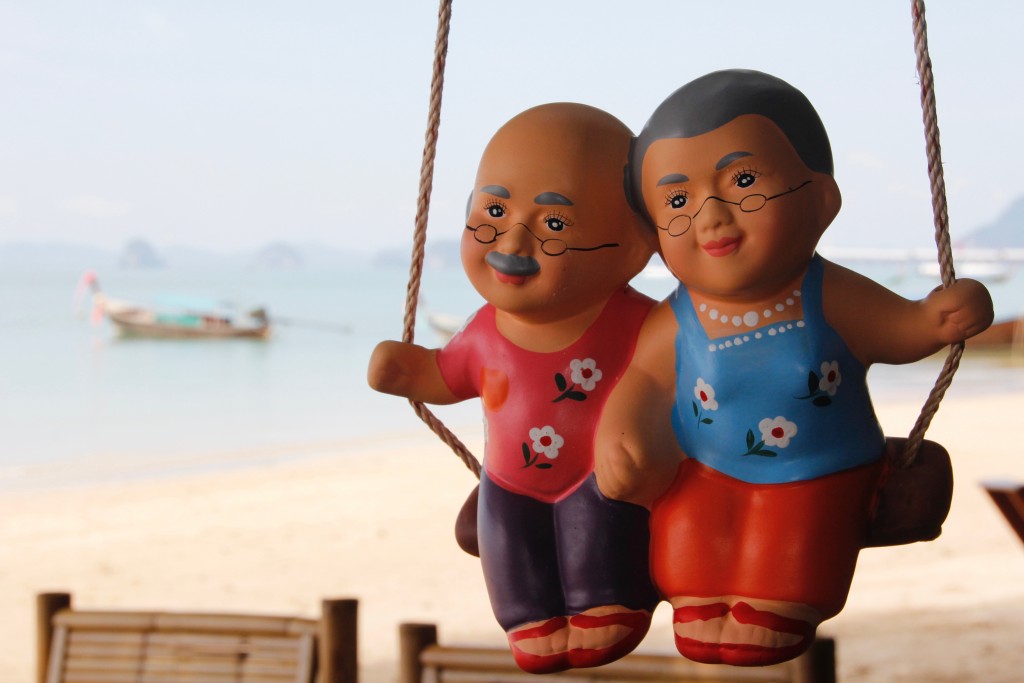As a nutritionist managing the diet and lifestyle of individuals with heart ailments and comorbidites like diabetes, hypertension, obesity and chronic renal failure, I am hugely concerned about the alarming surge in people’s sugar intake! If you are wondering about what sugar is and what the difference is between natural and added sugar, I recommend you go through our earlier article http://www.cardiacwellnessinstitute.com/heart-disease-treatment-prevention/uncategorized/the-sweet-danger-of-sugar/.
Now that you understand some basics about sugar, let us see how added sugar is detrimental to our overall health and our heart health in particular. The below image outlines all the detrimental effects of excess sugar in our diet. It is important to realise that making simple lifestyle changes like cutting down on sugar intake can reduce the risk of all of these and even other ailments like cancer and multi-organ damage.

The link between excessive sugar consumption and heart disease is worth elaborating upon. High levels of sugar in the blood can damage the inner walls of the blood vessels leading to coronary artery disease, heart attack and heart failure. This is one of the key reasons for heart problems and sudden death in youngsters today.
The vicious cycle
Habitual intake of sugary foods leads to several nutritional deficiencies which in turn are notorious triggers of sugar cravings. This vicious cycle has to be broken.

There are three steps in the fight against excess sugar consumption. When we explain to our clients these tips and tricks, they are often empowered to start taking the initial steps to overcoming the sugar addiction.
- Know the villains
Excessive sugar in the diet is the number 1 villain. And the main reason we consume so much added sugar is the addiction for sugar! Just like tobacco and alcohol, sweet dishes and treats are addictive. It is a ‘just a habit’ or ‘a harmless act’ as many would call it. But reaching out for chocolates, biscuits, candies and cookies after a meal or indulging in sweet snacks more than occasionally are truly harmful habits. Quite often, it is these small habits that add up to a critical health hazard.
You should be aware by now that added sugars are the secret ingredient in many packaged foods. Some common aliases for this villain are:
- High-fructose corn syrup
- Cane sugar or sucrose
- Brown sugar
- Honey
- Agave syrup
- Maple syrup
- Fruit juice concentrate
- Molasses
Huge amounts of sugar are added to soft juices, energy drinks, alcoholic drinks, soda, fruit drinks, pasta sauce, iced coffee and teas, bakery products like brownies, cookies and doughnuts, ice cream, salad dressing and even packaged yogurt. Reading food labels is one easy way to identify the level of added sugars in packaged foods, but be aware that most bakery items do not come with food labels and are nevertheless loaded with sugars!
2. Replace the villains with heroes
You want to cut down on added sugars but are there any foods to make up for that? Yes, there are some sugar-rich natural foods, the real heroes that are full of natural sugars like fructose, maltose and lactose, as detailed below.
- Fruits (all fruits contain fructose which is a healthy form of sugar)
- Vegetables (root vegetables like carrot and beetroot have more natural sugars than other vegetables)
- Dairy products (lactose is the natural sugar present in dairy products)
- Whole grains (the natural sugar maltose is present in several grains like wheat, barley and corn)
So go ahead and include at least 4-5 portions of fruits and vegetables, 2-3 portions of whole grain dishes and adequate dairy products in your daily diet and notice the difference! Your body will stop craving for sweet dishes simply because you are fuelling it with sufficient healthy and natural sugars! We should also be clear that sugar is an essential dietary component as long as it is consumed as natural foods and not in the form of added sugar.
3. Use hidden heroes to break the addiction
The hidden heroes are nothing but non-dietary measures that will help you to stay active physically and mentally and beat that boredom or depression, both of which are prime reasons for giving in to that sweet temptation.
Some hidden heroes that our clients have found useful in breaking their sugar addictions are:
- Regular exercise
- Adequate sleep
- Sufficient hydration
- Emotional balance / psychological support
- Peer groups / Social circles with similar interests
- Pursuing hobbies
- Volunteering / social work
- Creative arts / music / dance
In summary, sugar is not always a foe. It is definitely a friend and a key component of a healthy balanced diet provided we know how to stay away from those added sugars that are actually nothing but sweet-looking (and tasting) devils!





















